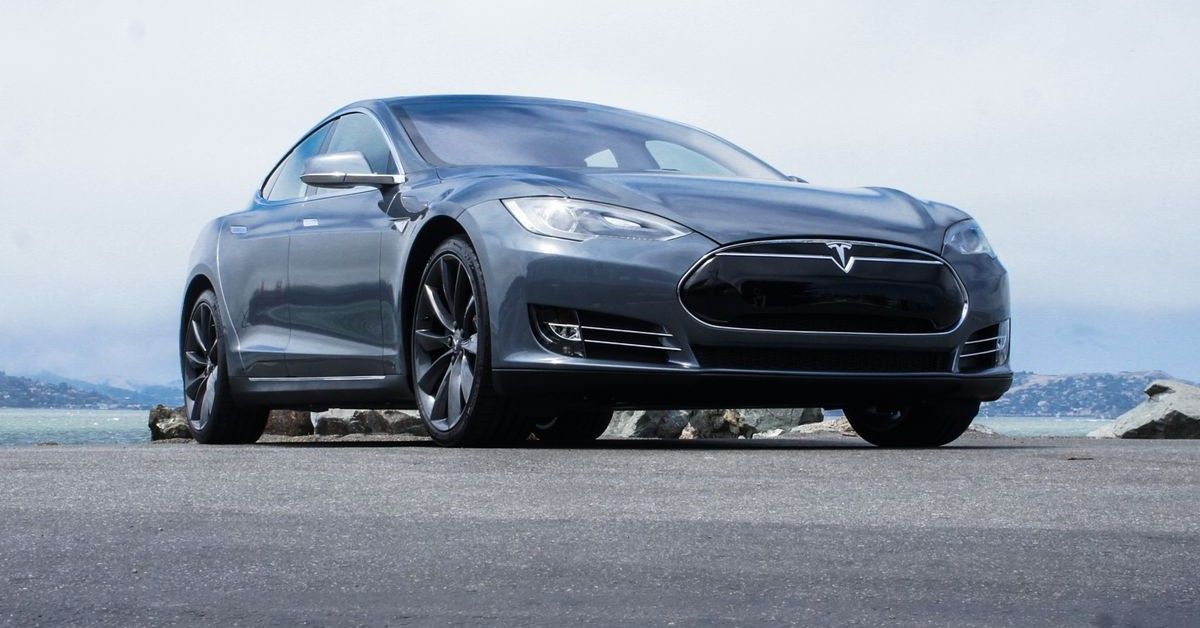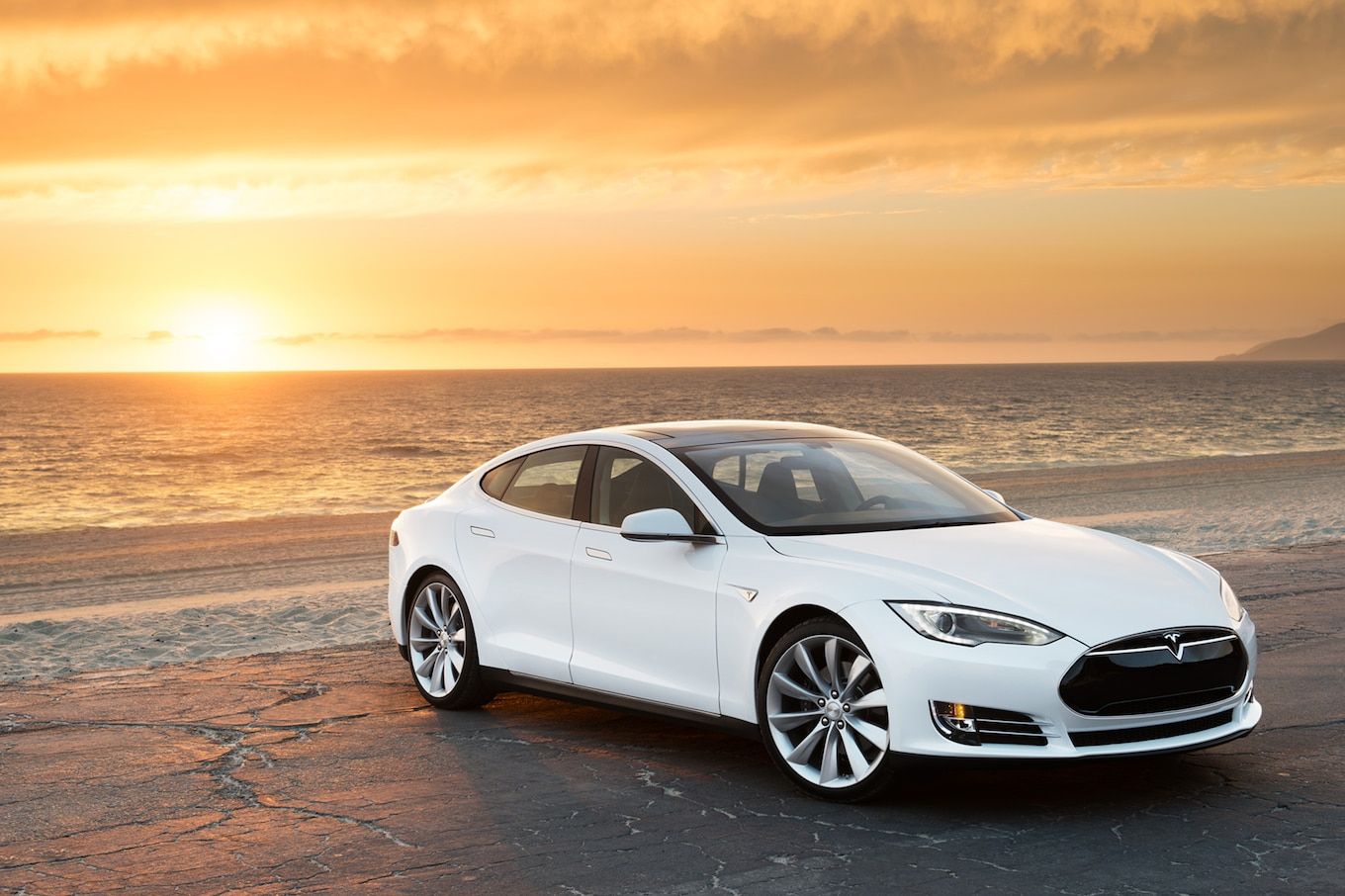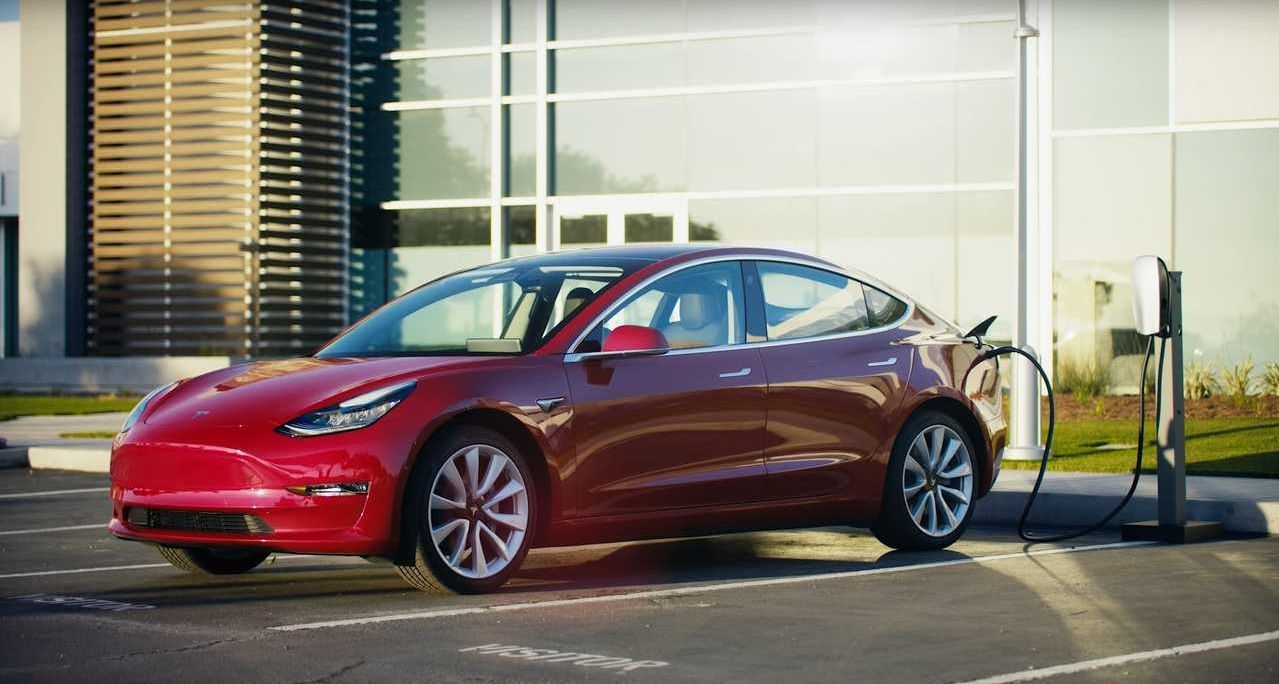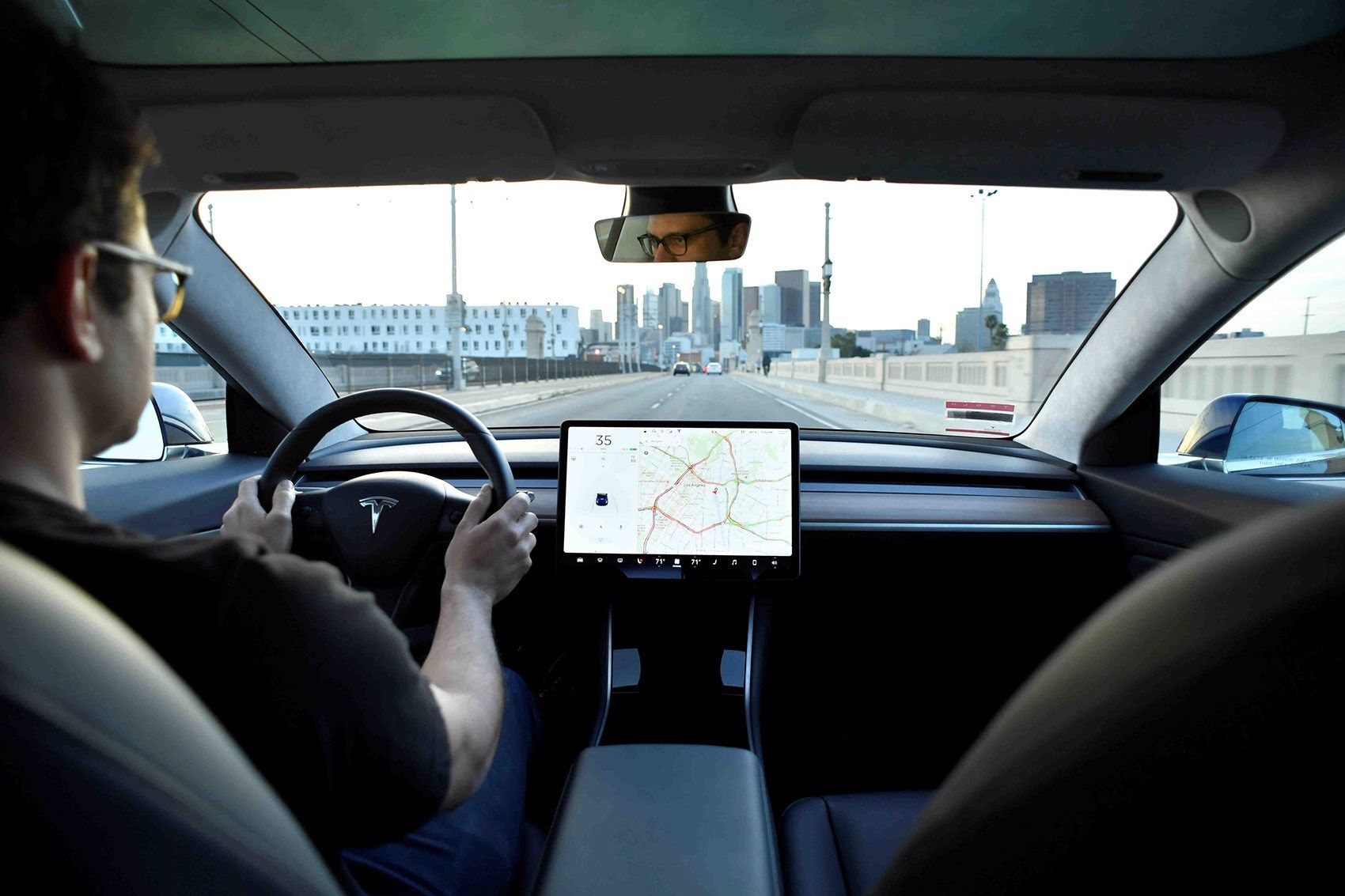Every so often, a car comes along that takes the automotive industry by storm. These are the kinds of cars that cause disruption, a re-think; cars that become culturally "cool" or failing that, at least trendy. These kinds of cars have the unique ability to get people who otherwise wouldn't pay attention interested in them and excited about them.
Take the second-generation Prius. It was a runaway success for Toyota, selling in the hundreds of thousands even though it was an odd-looking and terminally boring car, described by former Top Gear host, Jeremy Clarkson, as "having less get-up-and-go than a teenager." But it was trendy, and people were interested in them. Priuses (Prii?) became a part of popular culture and you still see tons of them puttering around.
The same thing is true of Tesla. Not of a particular model (though, you could argue the Model 3 is the biggest driver of the Tesla cult), but the brand itself. People either like or dislike Elon Musk but nonetheless, they rally behind his products. His cars are bold statements, designed with new ways of thinking about how humans interact with cars, how cars can be improved over their lifespan through software and kickstarting the world's EV charging infrastructure to catch up to the Supercharger network.
But there's a big caveat: Teslas aren't cheap. Sure, the Model 3 can be had in a base model for around $38,000 USD, but that's still far out of the range of a lot of car buyers. Or maybe you can afford a $40,000 car, but you'd rather not have to settle for a low-spec, entry-level model. Elon hasn't disrupted the used car space yet, and Teslas can be bought and sold second-hand like any other car.
Here's what you need to know if you're thinking about buying a used Tesla.
Quality Issues
It's almost inevitable that you will have to deal with some quality control issues on a used Tesla, particularly an older Model S or X. Those early cars have a few known issues, like a failure of the retracting door handles and problems with the centre screen – a crucial component of the Tesla experience, so you had better hope you won't be stuck with a bad one.
Some of these quality control items could be so minor that you may not notice at all or you can at least live with them. Like paint discolourations, or maybe some unsightly panel gaps; these issues won't necessarily affect the driving or ownership experience, but they're something to expect on low-volume cars such as older Teslas.
There are some major issues to look for though. Model X "Falcon" doors are notoriously complicated and fragile, particularly if the vehicle has spent any time in colder climates. Air suspension systems are almost 100% guaranteed failure points in any car, given enough time. If you're looking at a vehicle with air suspension, which is to say any Tesla other than Model 3, it will be worth inspecting this as well.
Teslas have a lot of glass. Most have full-length moonroofs, as well as long, sweeping front and rear windshields, particularly on the Model X. If any one of these glass panels is chipped or cracked, it can cost thousands to replace.
It's also very important to check the brakes. This is less of an issue with quality and more to do with how EVs work. Regenerative braking (using resistance in the electric motors to slow the car down while reversing the flow of electricity back into the car's battery) means that the physical brake pads and rotors generally see less use. While this may seem like a good thing, less brake wear should mean less frequent replacement, it can cause the rotors to corrode and warp, which will make them much less effective when you need to stop your fast and heavy EV quicker than its motors can.
The State Of The Battery
There are two main things to consider with the battery: its physical condition, and the condition of the cells. Physically, the battery pack in a Tesla is mounted in the floor of the car, forming the infamous "skateboard" chassis. As a result, it can pick up damage from below, for example, if the car bottoms-out on a big pothole or a tall speed bump, or if the previous owner, in a fit of desperation to get to a charge point, took a shortcut over some parking lot medians.
If the battery casing is damaged in any way (dented, scratched or pierced), it will need to be replaced, which can cost upwards of $7,000 depending on capacity.
As for the cells themselves, Tesla offers an 8-year, 100,000-mile warranty on its battery packs. This means that even the oldest Teslas on the market right now, which would be 2012 model year vehicles, could still get a new pack under warranty if there is an issue. Tesla also claims that its batteries should last a minimum lifespan of 1,500 charge cycles, which it estimates to be the equivalent of around 300,000 miles of driving.
Time will be the ultimate tell of how Tesla batteries age, but according to an analysis of data 2,636 Teslas done by Teslanomics, most Tesla battery packs retain above 90% of their original battery capacity after 100,000 miles of driving. That's a testament not only to the quality of the batteries used (Tesla spent its money carefully) but also to Tesla's battery management.
Unlike most first-generation mass-market EVs, Teslas have always used fairly robust battery temperature control systems, to keep the battery in its ideal temperature range for driving and charging. A Tesla can pre-heat its battery in anticipation of you arriving at a Supercharger so that it's at optimal temperature for fast charging. It's also why Teslas sometimes need time to cool down after a drag race, even though hard acceleration is an EV's best party trick.
Playing Nice With Tesla
The easiest way to buy a used Tesla would be to order it through Tesla themselves. The company doesn't operate a traditional network of dealerships, but you can pick up your car from your nearest distribution centre or have it delivered to you. Tesla keeps a fairly robust inventory of used vehicles in most regions, but they can often be snapped up quickly.
This is also the best way to guarantee that the car was inspected by someone who knows their way around a Tesla. A 70-point inspection is done to any certified used vehicle, including checking the battery, the motors and all known wear and failure points.
You can also buy a used Tesla privately, but you'll need to be sure it has a clean title and that any major repairs that have been done throughout the car's past were done at Tesla-certified service centres, or better yet by Tesla themselves. Tesla can, and in many cases does, restrict you from certain services like Supercharging if the car was serviced by a third-party service centre without Tesla certification, including yourself, or if it carries a salvage title. This has been a somewhat controversial position for Tesla to take, but they argue that it's to prevent a major failure while using the high-voltage chargers that could cause serious injury.
No matter what, the car will need to be certified by Tesla if you want to use any services including over-the-air firmware updates, so it's best to find a car with a clean title and avoid this minefield entirely.
In short, a used Tesla could be a great investment. Battery packs seem to stand up well to charge cycles and mileage, and a lot of the known Tesla issues are usually quite easy to fix; which is amplified by most Tesla vehicles still being under warranty. However, these are still first-generation vehicles for the most part, and as they age, new problems could pop up that end up costing a lot of money. Such is the price to pay to be an early adopter of modern EV tech, particularly when you're trying to do it on the cheap.




